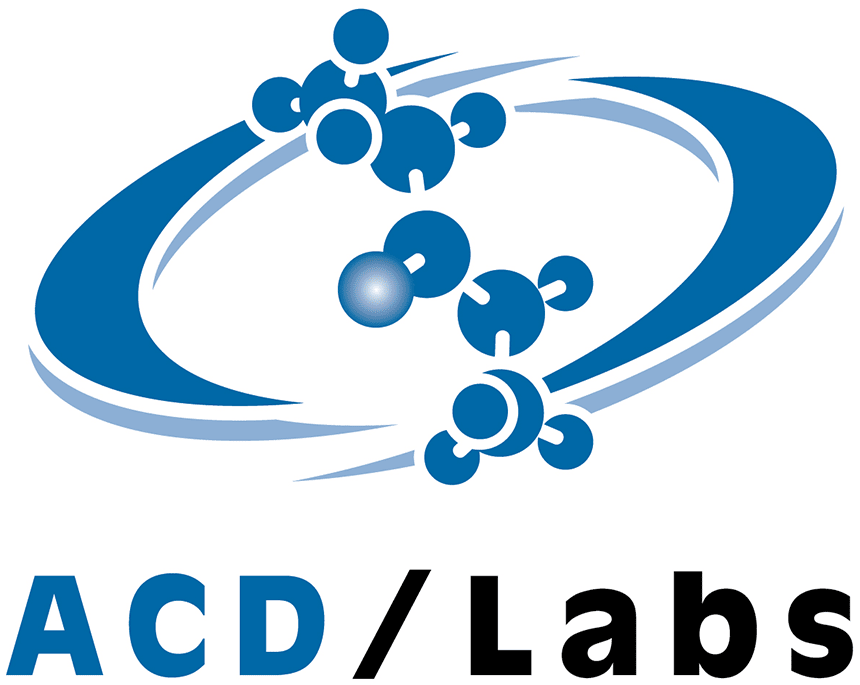The determination of carbohydrates in food and other matrices is always a topic of high concern. The exact determination of sugar content is not only essential when thinking of foods targeted to diabetics. Such sensitive analytical methods are also interesting to manufacturers of sugar based pharmaceutical products or for research projects in the field of carbohydrates. Here, we compare the HPLC analysis with electrochemical detection (ECD) versus refractive index detection (RID) for the determination of glucose, sucrose, and arabinose.
Many different methods for sugar analysis are available, using different columns and detection facilities. Due to the missing chromophore, carbohydrates are often analysed with refractive index detection. Refractive index detectors (RID) are universal detectors applicable for a large variety of analytical tasks. They are often chosen for their robustness and easy handling. Compared to other detectors they are in many cases more cost effective. Whenever the critical factor of analysis is sensitivity, it depends on the limit values that should be reached if a RID is applicable. Compared to UV detection for example, the RID is characterized by lower sensitivity. Alternatives for detecting substances without a chromophore are light scattering detection (ELSD) or electrochemical detection (ECD). The following application faces the differences of electrochemical detection and refractive index detection on the exemplary separation of glucose, sucrose, and arabinose. The focus of determination was set to the calculation of the limit of detection (LOD).






